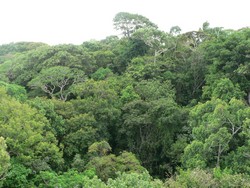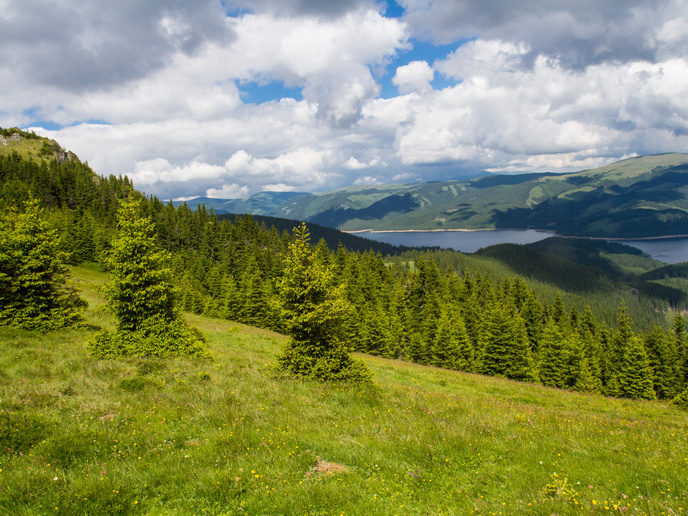How tropical forests can store more carbon
Trees and plants absorb and store carbon as they grow, helping to moderate climate change. As such, forests are a critical part of international climate change strategies, and the United Nations (UN) is developing strategies for rewarding countries that avoid deforestation and preserve carbon in biomass. However, scientists' ability to predict the capacity of forests to absorb carbon is limited. This is partly due to a lack of knowledge about how trees' carbon storage capacity responds to changes in the environment. Scientists from the EU-funded SPATFOREST (Spatial dynamics of tropical forest biomass change) initiative developed statistical models of carbon storage, tree growth and tree death in tropical forests to address this challenge. Their models explicitly account for environmental variation. To do this, the scientists examined the distribution of biomass on a fine scale in a tropical forest in Panama. They also assessed the factors that influence tree growth and mortality. They found that tree biomass above the ground is not randomly distributed at a small scale, but depends on environmental factors, especially the distribution of climbing plants which compete with trees for space, light and soil nutrients. This means that it is possible to predict which areas will store more carbon and thus target conservation accordingly. Their results also showed that trees with more big neighbours grow more slowly; however, nutrient-rich soils counteracted the impact of competition among neighbours. Using information collected from whole trees harvested around the world, the researchers also established that tree size and water availability influence root biomass. This in turn affects the ability of trees to store carbon below ground. These findings have implications for the scientific community and forest managers, who could enhance tree growth rates – and carbon storage – through targeted actions. These include reducing competition, enhancing soil nutrients and conserving the largest trees (which grow more quickly and store more carbon). The models developed by SPATFOREST will improve predictions of changes in tropical forests and their capacity to store carbon. This will contribute to policy development in the EU and internationally.
Keywords
Tropical forests, climate change, carbon storage, SPATFOREST, biomass







